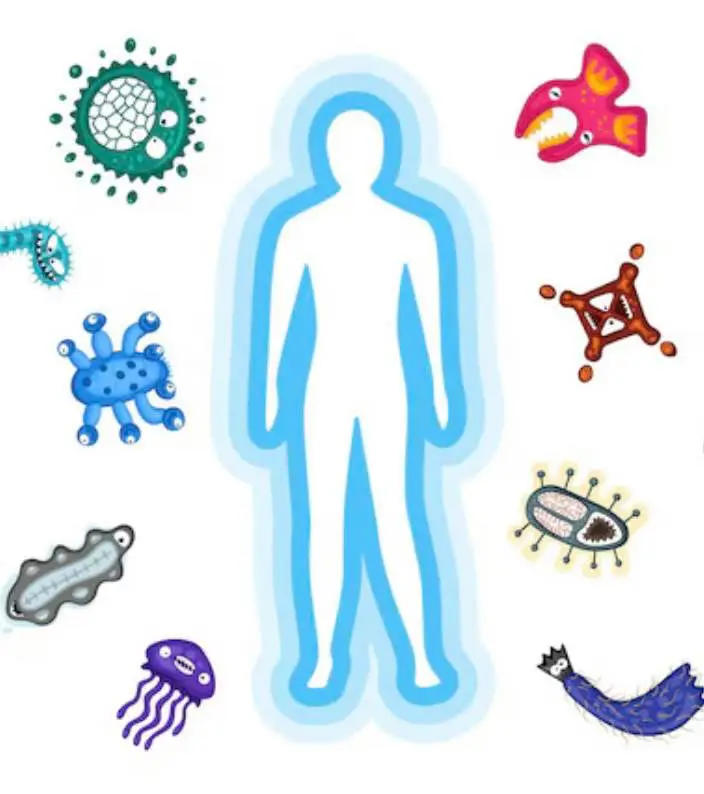Vaccines Against AMR: A Powerful Tool in the Global Fight
In our previous posts, we have explored multiple ways to curb the spread of antimicrobial resistance (AMR), from improved use of antibiotics in human and veterinary medicine, to the development of new antimicrobials, personal hygiene to prevent infections, and others.
However, there’s one powerful tool in our arsenal that often receives less attention, yet it could make a huge difference in our global battle against AMR: vaccines.
You might be wondering: how exactly do vaccines fit into the fight against AMR? Let’s break it down.
Vaccines work by training our immune systems to recognize and fight off harmful microorganisms. By introducing a weakened or inactivated version of a microbe — or even just part of it — vaccines give our bodies a head start. When the real microbe shows up later, our immune system is ready, launching a defense that’s faster and more effective than if it had to start from scratch. In some cases, the vaccine prevents the disease altogether. In others, if the person does get sick, it’s often a milder case, and they recover faster.
And here comes the link between vaccines and combating AMR: fewer cases of infection or milder illness could mean less need for antibiotic use. Severe flu, for example, can lead to a bacterial infection that gets “on top” of the infection with the flu virus, such as pneumonia. If someone develops a mild case of flu after getting the flu vaccine, they may recover faster and avoid such complications, avoiding the use of antibiotics. Less antibiotic use, in turn, means less exposure of bacteria to them, and fewer mutations leading to antimicrobial resistance.
Fewer cases of infections after vaccination and milder illness could also mean that fewer people would need to be admitted to hospitals. As we learned from previous posts, bacteria in hospitals often develop resistance to multiple antibiotics, and may infect those who get treated as inpatients – particularly people whose immune systems are weakened from other causes. Fewer hospitalizations or shorter ones could mean fewer opportunities for infection with these multidrug-resistant bacteria.
A real-life example of vaccines helping combat AMR is the use of pneumococcal vaccine. After the introduction of the pneumococcal conjugate vaccine, there was a notable decline in antibiotic-resistant infections caused by Streptococcus pneumoniae – a microbe that has the potential to cause a severe, and sometimes deadly, pneumonia, as well as other serious infections.
You’ve probably heard the debates about vaccines and potential side effects. Could there be complications after vaccine use? Yes, there have been reports of those; however, the true answer is that severe complications from vaccine use are very rare.
Serious side effects are possible, just like with other medical treatments, but they usually occur in less than one out of a million vaccinated people, and are treatable. The positive effects of vaccine use, however, measured by prevented complications and deaths from infections, would have a much wider scope. Therefore, it is important to consider the benefit-to-risk ratio of vaccine use – the benefits far outweigh the risks. Think of it like other treatments: one could get a complication after a surgical procedure, for example, but many more would be saved by performing a surgery, and only a small percentage of patients would develop a complication, the vast majority of whom would be successfully treated and recover.
Author: Dr. Ekaterina Zagaynova, MD, MPH



